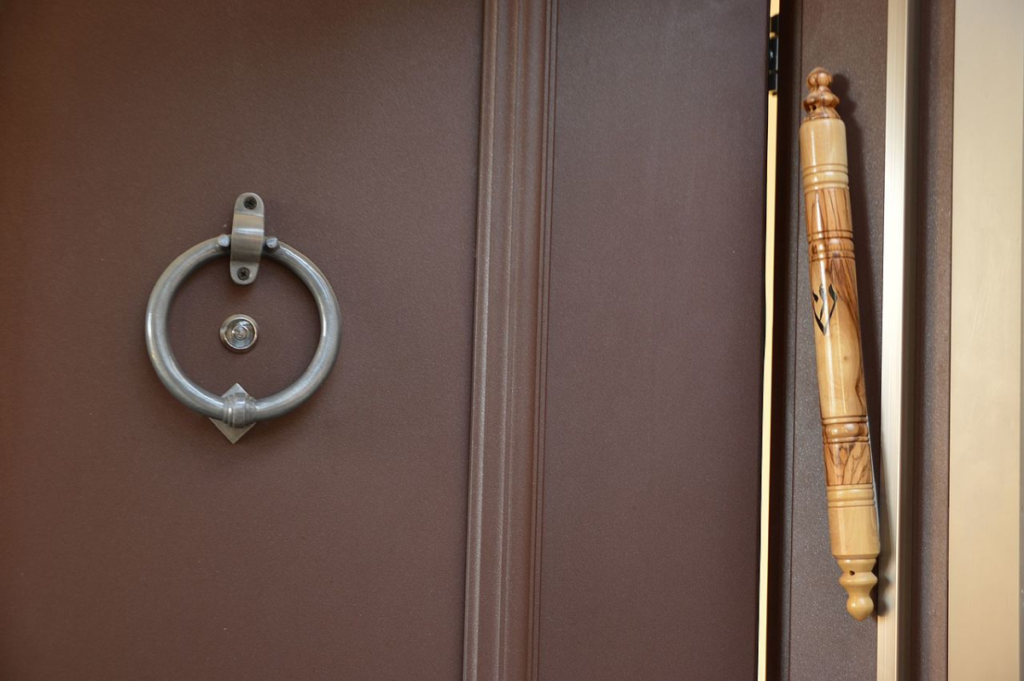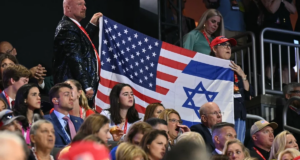“People reestablishing Jewish homes in Gaza will have to address each doorway on a case-by-case basis.”
Kfar Maimon, November 30 – Primarily right-wing Israelis who advocate the reestablishment of communities Israel removed from the Gaza Strip in 2005, cautioned their mostly-religious allies and compatriots today that the enterprise, regardless of the low likelihood of its success, will encounter thorny questions of Jewish law, among them whether the non-doorway-shaped access points to the copious underground passages in the territory require the mounting of a piece of parchment with two Biblical passages on it, provided the passage serves in a “residential” capacity.
Rabbis and others knowledgeable in the particulars of the laws of the mezuzah – literally “doorpost” in Biblical Hebrew – sent numerous email and chat warnings to advocates for resettlement of the Gaza Strip that they had better get straight their obligations under Jewish law if, in fact, they end up returning to the areas as residents and, presumably, incorporating some of the ubiquitous Hamas tunnels into their homes.
“The obligation to put up a mezuzah devolves on a new resident immediately,” wrote Rabbi Shlomo Aviner, a leading figure in the Religious Zionist movement. “However, the Torah mandates a mezuzah only on standard doorway shapes, the definition of which might disqualify certain Hamas tunnel entrances. Homeowners must know for certain whether any given entrance requires a mezuzah, so that the benediction one recites right before the installation of a mezuzah is not sinfully recited in vain.”
The Biblical commandment occurs twice in the book of Deuteronomy, and those two paragraphs appear on the scroll that constitutes a mezuzah. The scroll has exacting requirements for who may write it, using what materials, and in what manner. Those requirements are entirely separate from the the issue of the doorway shape and the function of the space to which the doorway leads.
“Typical tunnel shaft openings are obviously exempt,” explained the Rabbi of a synagogue in Kfar Maimon, a 15-minute drive from the Gaza frontier. “Those aren’t even vertical, which is a definitional requirement for a mezuzah-doorway. But if there is a doorway into the tunnel itself at the bottom, that could require a mezuzah. It depends on the shape. The usual rectangle, if it’s tall enough, obviously qualifies, but placement of the mezuzah becomes a question if the top is arched, or if there’s not distinct lintel. Then you also run into questions if the doorway is round, or doesn’t have straight vertical doorposts. People reestablishing Jewish homes in Gaza will have to address each doorway on a case-by-case basis.”
He also noted that the passages’ current use, that of armament storage, does not meet the definition of “residential.”
Please support our wok through Patreon.
Buy In The Biblical Sense: https://www.amazon.com/dp/B0B92QYWSL





